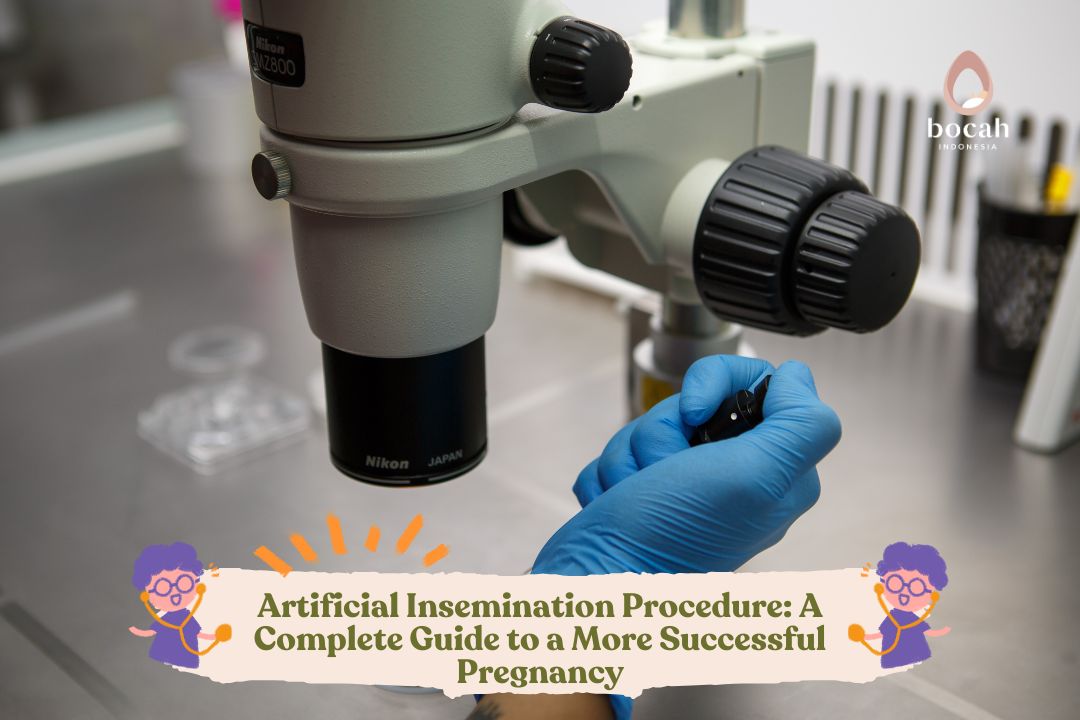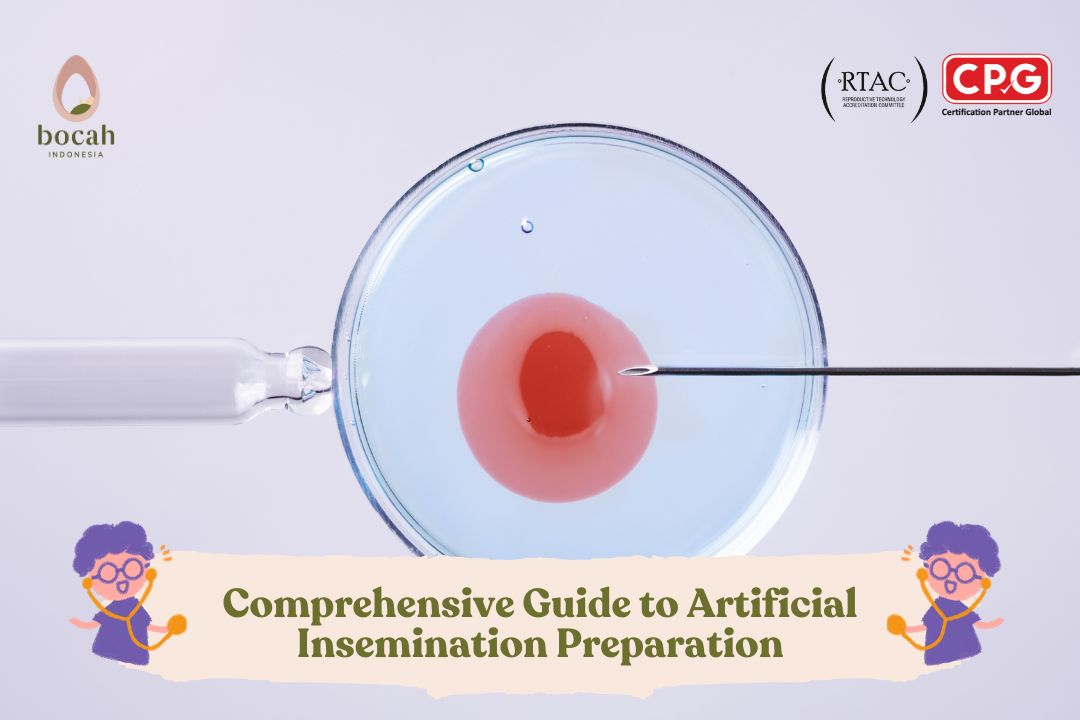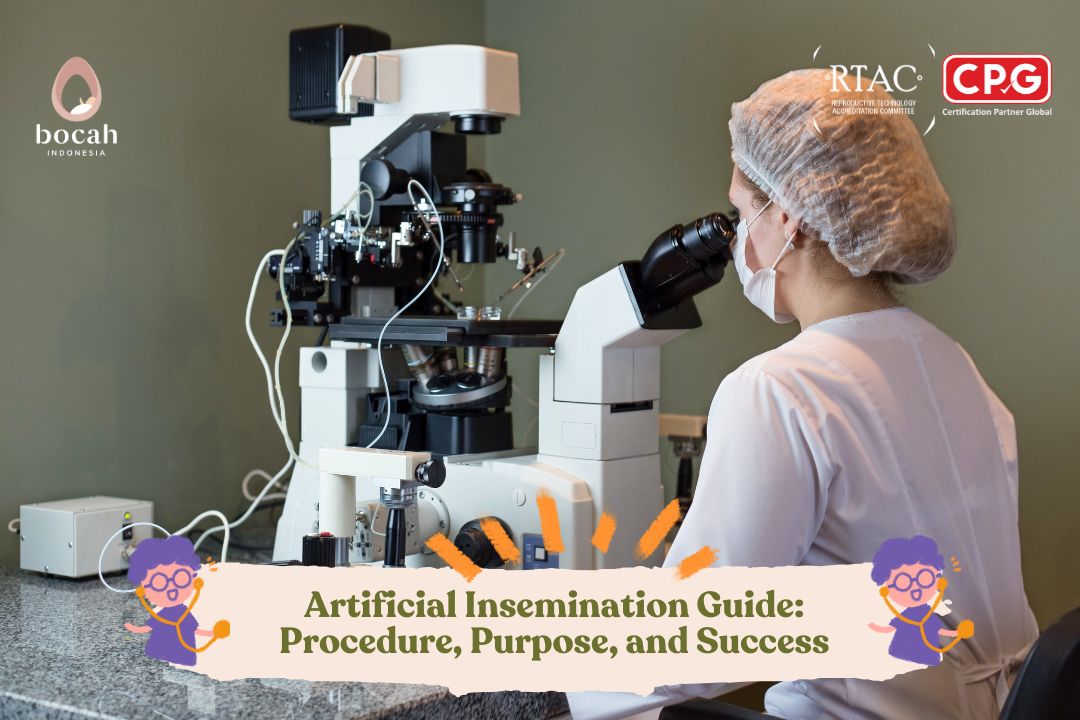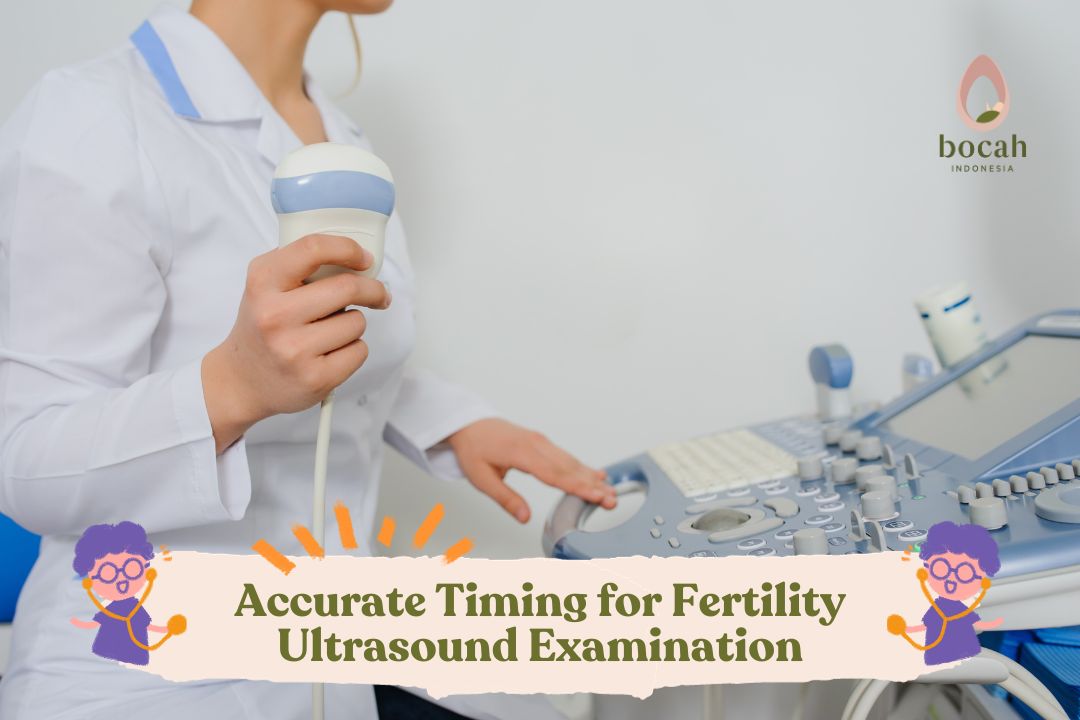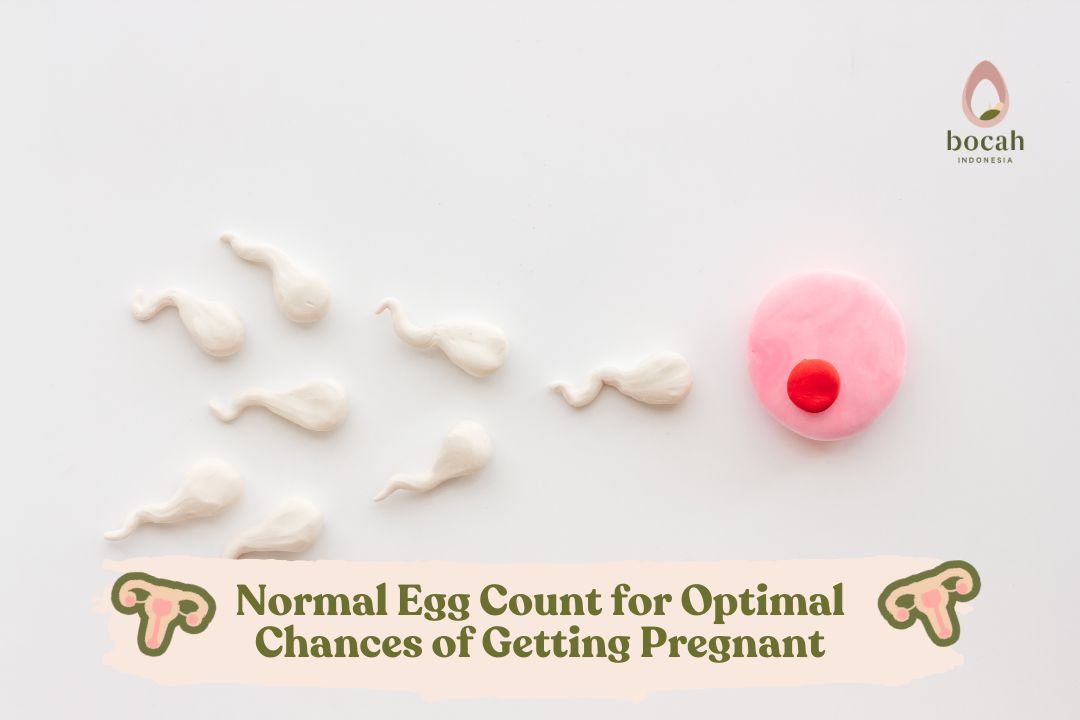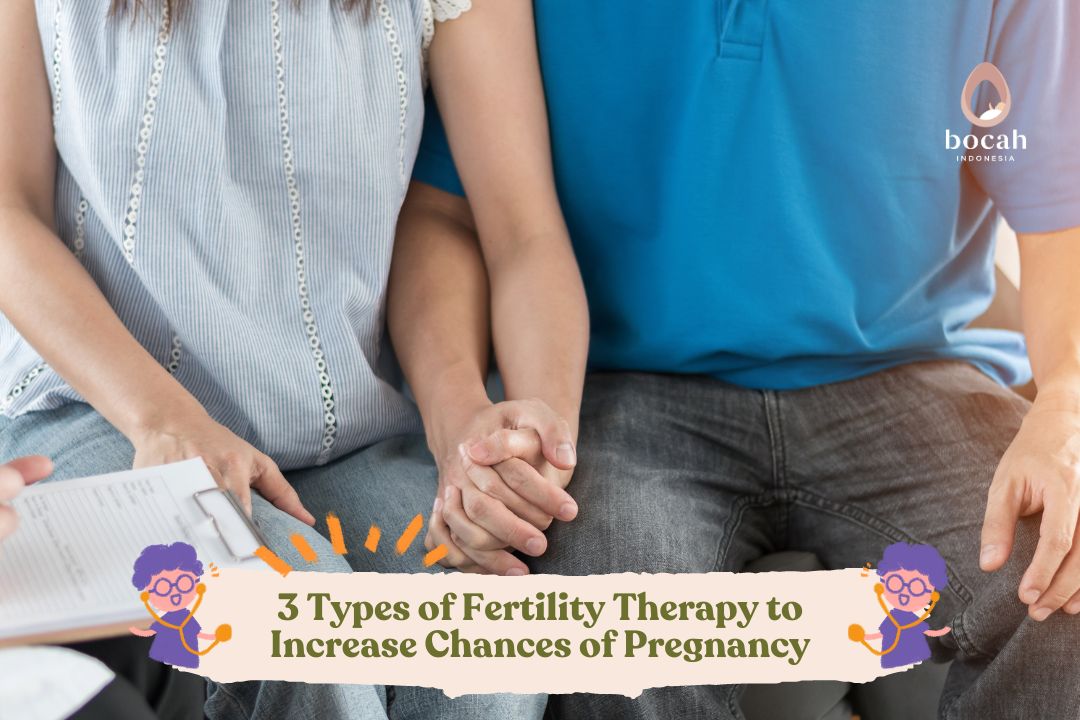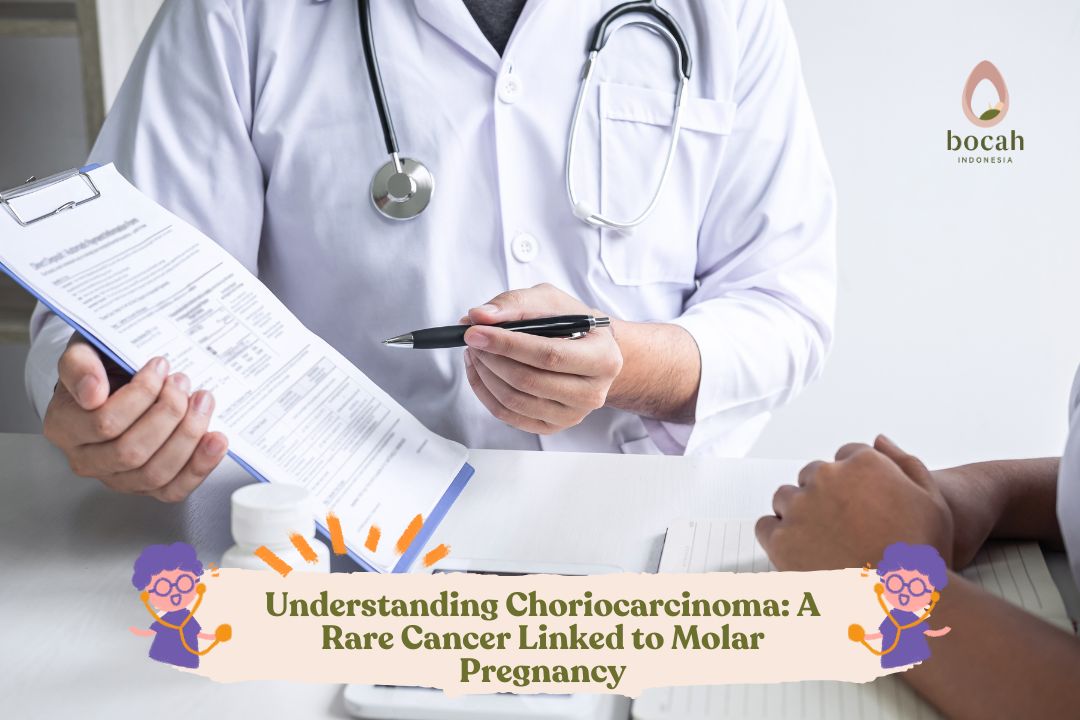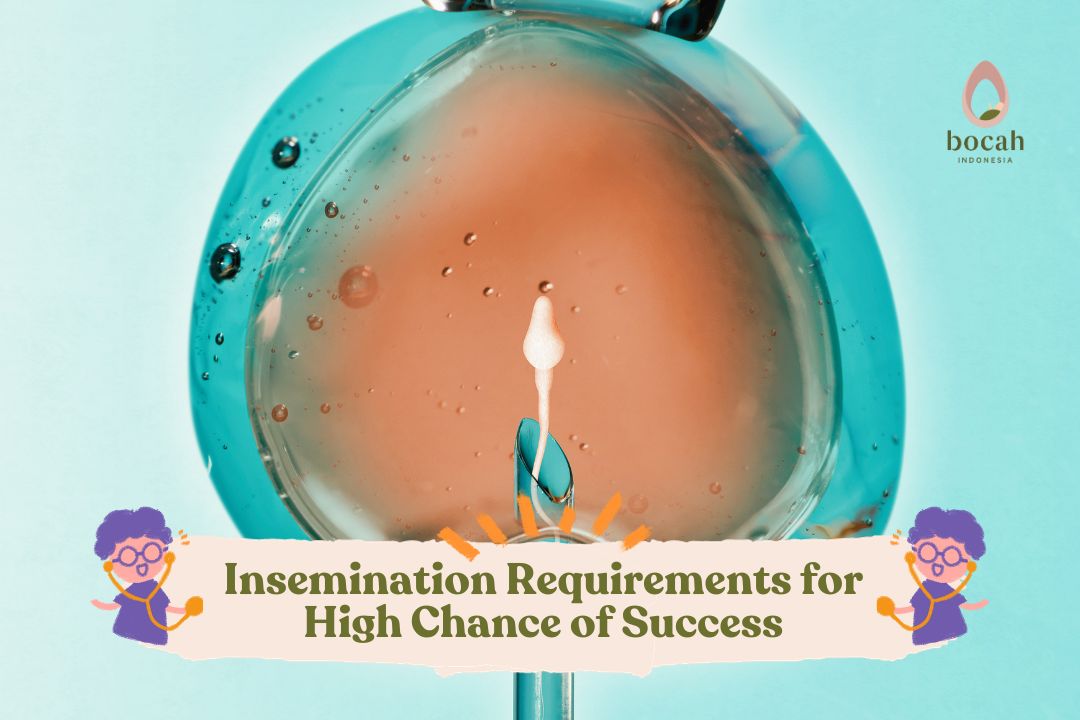The Best Timing for Artificial Insemination: A Guide to Enhancing Pregnancy Chances
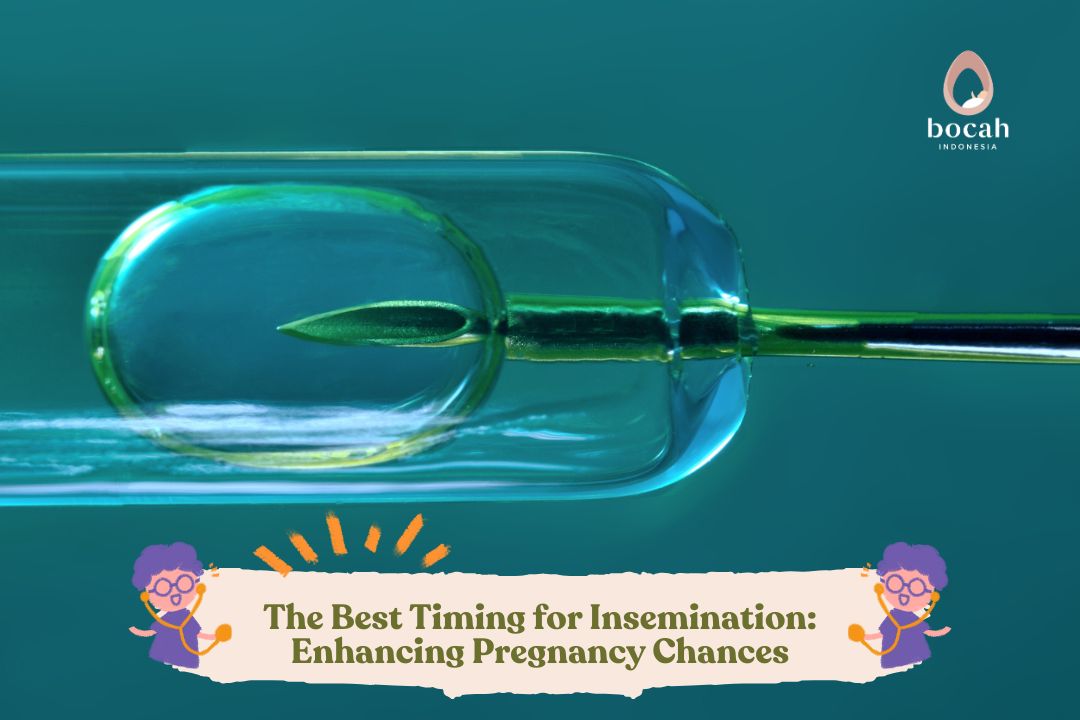
Choosing the best timing for artificial insemination (intrauterine insemination/IUI) is a crucial factor in increasing the chances of successful pregnancy. This program involves various steps that require thorough understanding and consultation with a doctor. In this article, we will discuss the importance of timing in the insemination process, how it can influence outcomes, and provide accurate information based on medical expertise and recent research.
What Is Artificial Insemination?
Artificial insemination, or intrauterine insemination (IUI), is a method to help couples who face difficulties in achieving pregnancy naturally. In this procedure, sperm is placed directly in the uterus to bring it closer to the egg, which can be beneficial for couples dealing with:
- Male Infertility: When sperm quality or count is low, or when sperm motility is not optimal.
- Cervical Issues: In some cases, the cervix may prevent sperm from entering the uterus naturally.
- Other Medical Conditions: Such as endometriosis or Polycystic Ovarian Syndrome (PCOS), which may impact fertility.
Artificial insemination offers a solution for couples seeking to improve their chances of conception amid various medical challenges.
Understanding the Best Timing for Insemination
The right timing for insemination is essential in the IUI program, as success rates largely depend on synchronizing ovulation with the insemination process. Doctors will monitor several factors to ensure the optimal timing, such as:
1. Ovulation Monitoring
Ovulation is the moment when an egg is released from the ovary and is ready for fertilization. Typically, it occurs about 12-16 days before the next menstrual period, and this period is the most ideal for insemination. The following methods are often used to determine the timing of ovulation:
Tanya Mincah tentang Promil?
- Urine Ovulation Test: This test detects a surge in luteinizing hormone (LH), which occurs 24-36 hours before ovulation. When the test shows an LH surge, IUI can be scheduled within the next 24-36 hours.
- Follicle Monitoring: Through transvaginal ultrasound, doctors can observe follicle development in the ovaries. Follicles measuring 18-24 mm indicate that ovulation is near, and insemination can be scheduled promptly.
2. Using Ovulation-Inducing Medication
In some cases, doctors may recommend medications such as Clomiphene Citrate or a Human Chorionic Gonadotropin (hCG) injection to stimulate ovulation:
- Clomiphene Citrate: This medication is usually taken on days 3 to 7 of the menstrual cycle. Ovulation generally occurs around 5-10 days after the last dose, allowing doctors to schedule IUI based on predicted ovulation.
- hCG Injection: This injection is given when the follicle reaches the ideal size, typically 36-40 hours before insemination to synchronize with ovulation.
A study published in Fertility and Sterility shows that these medications can enhance pregnancy chances by stimulating the release of more than one egg, thus increasing the likelihood of a successful IUI outcome.
3. Optimal Timing for Insemination
Consistency in timing is vital. Sperm can survive in the uterus for 24-72 hours, while the egg can only be fertilized for 12-24 hours after ovulation. The following options are commonly considered when determining the best timing for insemination:
- Before Ovulation: Some doctors may recommend performing IUI a few hours before the predicted ovulation time, ensuring that the sperm is ready to fertilize the egg as soon as it is released.
- After LH Surge: IUI is commonly performed 24-36 hours after detecting the LH surge via a urine test or after administering an hCG injection.
- Double IUI: In certain cases, two inseminations may be performed—one before and one after ovulation—to maximize the chances of success.
Interestingly, a study in the Journal of Dairy Science found that proper timing in artificial insemination of cattle significantly improved outcomes, highlighting that insemination performed at an optimal time, when the body is most receptive, can also increase pregnancy success in humans.
Other Factors Influencing IUI Success
Besides timing, several other factors may affect the success of insemination:
- Reproductive Health Conditions: Conditions such as PCOS require specific timing adjustments based on the body’s response to medications.
- Sperm Quality: If the male partner’s sperm quality is limited, doctors may take extra care in determining the timing of IUI.
- Maternal Age: Women over the age of 35 may require more careful timing as ovarian reserve typically decreases with age.
Conclusion
The best timing for artificial insemination depends heavily on ovulation, reproductive health, and sperm quality. With accurate monitoring and appropriate medication, insemination can be scheduled at the optimal time to increase the likelihood of pregnancy. Consulting with a doctor and following medical guidance is crucial in determining the best timing for insemination.
We hope this guide helps you understand the artificial insemination process. Remember to regularly consult your doctor regarding your needs and plans as you pursue a healthy pregnancy.
Source
- Foote, R.H. (2010). Time of Artificial Insemination and Fertility in Dairy Cattle. Journal of Dairy Science, 62(6), 880-886. ScienceDirect
- Chiu, Y. H., et al. (2022). Effectiveness and Safety of Intrauterine Insemination vs. Assisted Reproductive Technology: Emulating a Target Trial Using an Observational Database of Administrative Claims. Fertility and Sterility, 117(5), 981–991. PubMed
- Wang, X., et al. (2021). Factors Affecting Artificial Insemination Pregnancy Outcome. International Journal of General Medicine, 14, 3961–3969. NCBI
- National Health Service UK (2023). Health A to Z. Intrauterine Insemination (IUI).
- Nall, R. Healthline (2023). Everything You Need to Know About Artificial Insemination.
- Lindberg, S. Healthline (2021). Signs Your Embryo Transfer May Have Been Successful.
- WebMD (2021). Infertility and Artificial Insemination.


